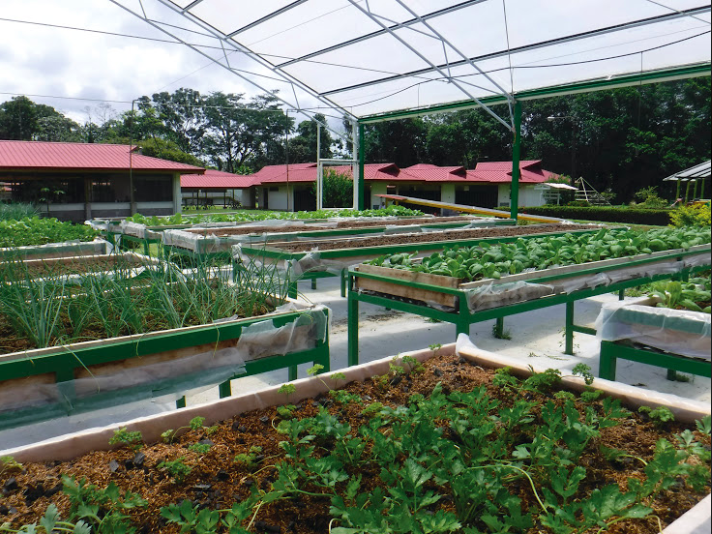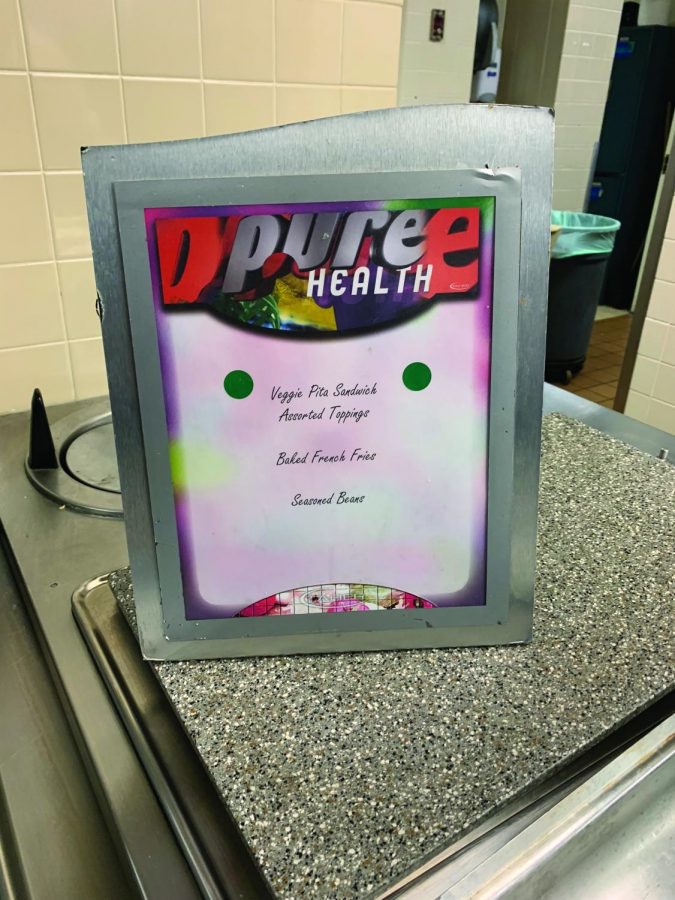When we go to the grocery store, American shoppers typically don’t consider the source of our food. However, have you ever really thought about the distance fresh bananas need to travel to come to Minnesota in the middle of winter? In fact, much of our fresh produce comes from far away: according to the New York Times, more than half of the fresh fruit and a third of fresh vegetables in U.S. grocery stores are imported from other countries. For some fruits, this percentage is even higher. The U.S.D.A. Economic Research Service states that 99.9% of bananas, limes, mangoes, and pineapples are grown outside of the U.S. Unfortunately, the implications of importing much of our fresh produce is disastrous – both economically and environmentally.
Imported crops often cost less because larger international farms can cut down on costs as they produce more, pushing local farmers to also lower their prices. When consumers gravitate towards the cheaper produce, local farmers are no longer able to support themselves in a highly competitive and expensive market.
Environmentally, when these crops are transported in planes and trucks, the vehicles release copious amount of carbon dioxide into the atmosphere, and this pollution adds up quickly. However, these carbon emissions could somewhat be offset if consumers bought locally farmed tomatoes instead of imported tomatoes from larger grocery stores.
Although it may seem daunting to try to revolutionize the entire food distribution system, there are some simple changes that everyone can make in order to prioritize sustainable food systems. To begin, start by just reading the labels at the grocery store: look for in-state produce or the closest farm possible. To go a step further, try going to a farmer’s market this summer. This is a great way to support small local farms and get fresh in-season produce. Finally, backyard gardens can also provide a healthy food source while also reducing transportation pollution. In an effort to reduce their carbon footprint, Blake will be implementing an herb garden this spring. It may seem like a small step to protect our environment, but by eliminating the need to buy herbs for the kitchen, this reduces some transportation pollution. The new herb garden will be in the lunchroom this spring. Let Green Team know if you would like to help with the watering and care schedule for the plants!











